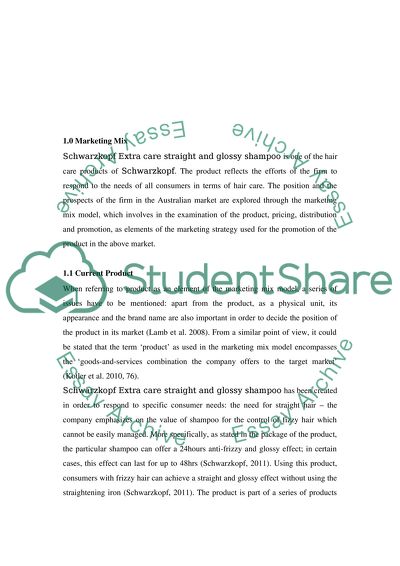Cite this document
(“Marketing Essay Example | Topics and Well Written Essays - 2250 words”, n.d.)
Retrieved from https://studentshare.org/environmental-studies/1412388-marketing
Retrieved from https://studentshare.org/environmental-studies/1412388-marketing
(Marketing Essay Example | Topics and Well Written Essays - 2250 Words)
https://studentshare.org/environmental-studies/1412388-marketing.
https://studentshare.org/environmental-studies/1412388-marketing.
“Marketing Essay Example | Topics and Well Written Essays - 2250 Words”, n.d. https://studentshare.org/environmental-studies/1412388-marketing.


